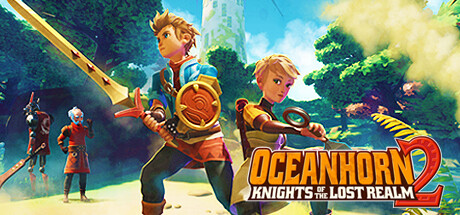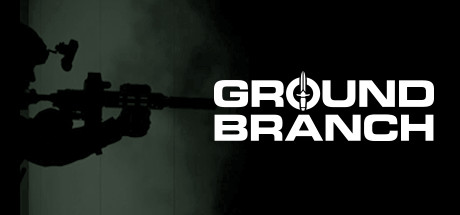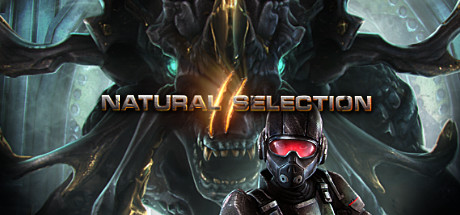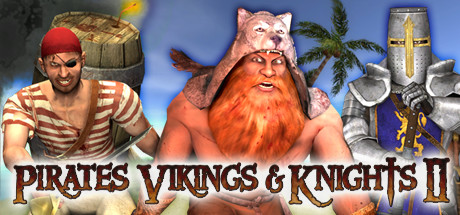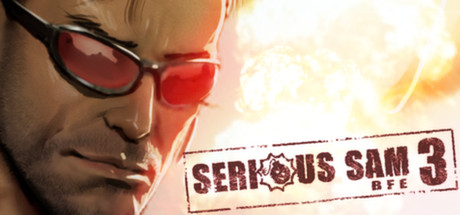Sequel to the critically acclaimed action adventure. Experience a gorgeous new third person 3D view and embark on an epic journey that unfolds the mysteries of what happened 1000 years ago.
201 Total Reviews
156 Positive Reviews
45 Negative Reviews
Mostly Positive Score
Oceanhorn 2: Knights of the Lost Realm has garnered a total of 201 reviews, with 156 positive reviews and 45 negative reviews, resulting in a ‘Mostly Positive’ overall score.
Reviews Chart
Chart above illustrates the trend of feedback for Oceanhorn 2: Knights of the Lost Realm over time, showcasing the dynamic changes in player opinions as new updates and features have been introduced. This visual representation helps to understand the game's reception and how it has evolved.
Recent Steam Reviews
This section displays the 10 most recent Steam reviews for the game, showcasing a mix of player experiences and sentiments. Each review summary includes the total playtime along with the number of thumbs-up and thumbs-down reactions, clearly indicating the community's feedback
Playtime:
227 minutes
Are you 6 or buying a game for a 6 year old? If not, skip it.
👍 : 0 |
😃 : 0
Negative
Playtime:
937 minutes
Oceanhorn 2: Knights of the Lost Realm on PC delivers a visually striking adventure with excellent graphics that shine across most environments. Having previously played the game on Apple Arcade, I was already familiar with its engaging storyline—which remains a standout feature on desktop.
While the PC version benefits from solid optimization, a few areas did show minor frame drops, though nothing that hindered gameplay. One noticeable drawback was the behavior of NPCs, which often responded awkwardly or even moved backward, slightly diminishing immersion. Still, the overall experience holds up well.
Final Score: 7/10 — a solid adventure with room to polish the finer details
👍 : 0 |
😃 : 0
Positive
Playtime:
356 minutes
the game looks better at mobile phone,even switch version it look better, for pc no. i feel that the game look low poly.for adventure game this is the best you can experience in this genre. adventuring puzzle this feel old game experiences coming back by playing this game.
👍 : 0 |
😃 : 0
Positive
Playtime:
380 minutes
It's just janky budget Zelda. That doesn't always mean something is bad, but it just doesn't ever come close to how good any of those are, not even close. There are better 3D Zelda likes that are more worth your time. Okami, Darksiders 1 or 2 (3 isn't really Zelda so much as Soulslike), Beyond Good and Evil. If you want general action adventure 3rd person adventures there's dozens from open world games to soulslikes to more RPG systems heavy action RPGs. There are just so so many options, and most I've played are better than this.
👍 : 0 |
😃 : 0
Negative
